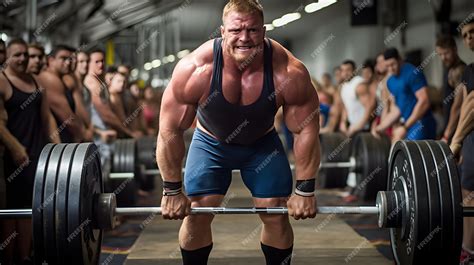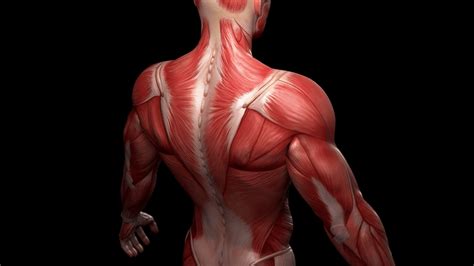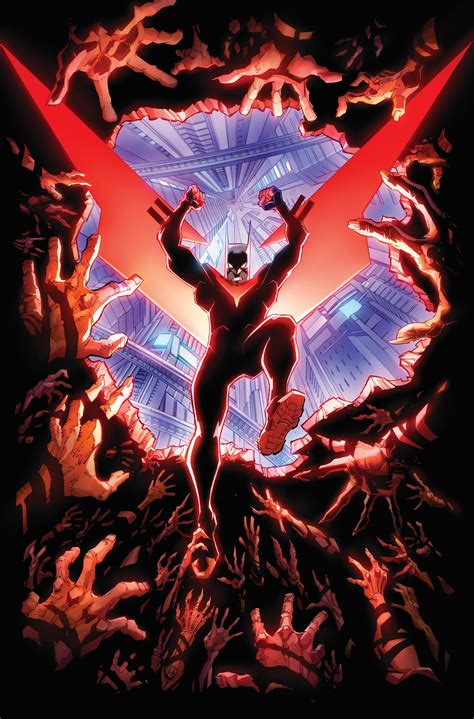What’s the most effective training intensity for peak male hypertrophy gains?

Unlocking Peak Hypertrophy: Defining Training Intensity
For men aiming to build significant muscle mass, often referred to as hypertrophy, understanding and effectively applying training intensity is paramount. While many factors contribute to muscle growth, the load lifted and proximity to muscular failure are critical drivers. But what exactly constitutes “effective” intensity, and how can you ensure your workouts are optimized for maximum gains?
Training intensity, in the context of resistance training, refers primarily to the magnitude of the load being lifted relative to your maximum capacity (e.g., a percentage of your one-repetition maximum or 1RM) or the effort exerted during a set, often quantified by RPE (Rate of Perceived Exertion) or RIR (Reps in Reserve).

The Hypertrophy Zone: Moderate-to-High Loads
Historically, bodybuilders often focused on “high rep” or “low rep” training. Modern sports science, however, suggests that a broad range of loads can stimulate hypertrophy, provided the effort is high enough. For most individuals seeking peak hypertrophy, the sweet spot lies in using moderate-to-high loads that allow for 6-15 repetitions per set.
This typically translates to lifting between 60% and 85% of your 1RM. Lighter loads (e.g., 20-30 reps) can also induce hypertrophy if taken to failure, but the total volume required often becomes impractical and fatiguing. Conversely, very heavy loads (e.g., 1-5 reps) are excellent for strength gains but may not optimize the hypertrophic stimulus due to lower time under tension and potentially higher injury risk if volume isn’t carefully managed.

The Crucial Role of Effort: Training to Failure or Close to It
Regardless of the weight on the bar, the most critical factor for hypertrophy is the effort exerted. Training close to muscular failure is key. This means performing repetitions until you can barely complete another repetition with good form, or stopping just 1-3 repetitions short of that point (1-3 RIR).
When you train close to failure, you recruit a greater number of high-threshold motor units and activate more muscle fibers, leading to a stronger hypertrophic response. Consistently leaving too many reps in the tank (e.g., 5+ RIR) will significantly diminish the muscle-building stimulus, even if you’re using a theoretically “heavy” weight.

Beyond Intensity: Volume and Progressive Overload
While intensity (load and effort) is foundational, it operates in conjunction with other principles. Adequate training volume (total sets and reps per muscle group per week) is essential. A common recommendation for hypertrophy is 10-20 hard sets per muscle group per week. Furthermore, the principle of progressive overload is non-negotiable. To continue growing, you must continually challenge your muscles by gradually increasing the load, reps, sets, or decreasing rest times over time.
This means that simply maintaining the same intensity will eventually lead to plateaus. You need to progressively increase the demands on your muscles to force adaptation and continued growth.

Practical Application and Individualization
To implement this effectively:
- Choose weights that allow you to hit your target rep range (e.g., 6-15 reps) while getting close to failure (0-3 RIR).
- Use RPE/RIR scales to gauge your effort accurately. An RPE of 8-10 (meaning 0-2 RIR) is generally recommended for hypertrophy sets.
- Periodize your training. While training close to failure is effective, constant maximum effort can lead to burnout. Incorporate lighter weeks or deloads periodically.
- Listen to your body. Recovery is just as important as training intensity. Overtraining can hinder gains.
- Track your progress. Logging your lifts helps ensure progressive overload.

Conclusion
For peak male hypertrophy gains, the most effective training intensity involves a combination of moderate-to-high loads (typically 60-85% 1RM or 6-15 reps) executed with high effort, meaning training close to or at muscular failure (0-3 RIR). This approach ensures maximal motor unit recruitment and provides the strongest stimulus for muscle growth, especially when combined with adequate volume and consistent progressive overload. By prioritizing intelligent intensity, men can significantly accelerate their journey towards a more muscular physique.








